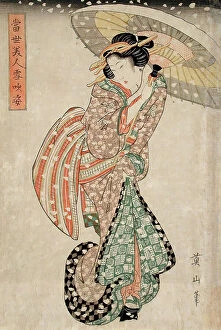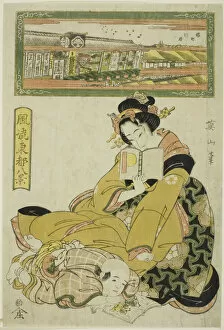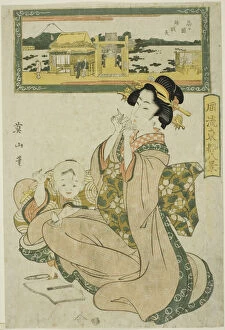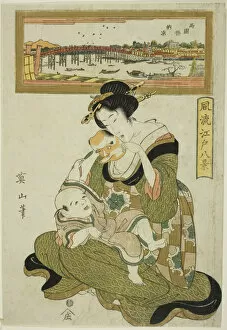Shijo School Collection
Shijo school is a traditional form of Japanese poetry that dates back to the 17th century
All Professionally Made to Order for Quick Shipping
Shijo school is a traditional form of Japanese poetry that dates back to the 17th century. Known for its simplicity and elegance, shijo poems typically consist of three lines with a syllable count of 5-7-5. This poetic form often explores themes of nature, love, and everyday life in a concise and evocative manner. The beauty of shijo lies in its ability to capture complex emotions and vivid imagery within a few short lines. Poets must carefully choose their words to convey deep meaning while adhering to the strict syllable structure. The result is a powerful yet delicate expression of thoughts and feelings. Studying shijo can be both challenging and rewarding, as it requires precision in language and an understanding of traditional Japanese aesthetics. By mastering this poetic form, students can develop their creativity, hone their writing skills, and gain insight into the rich literary heritage of Japan. Whether you are new to poetry or an experienced writer looking to expand your repertoire, exploring the world can offer a unique perspective on the art of verse. Immerse yourself in this ancient tradition and discover the beauty that lies within its simple yet profound verses.










